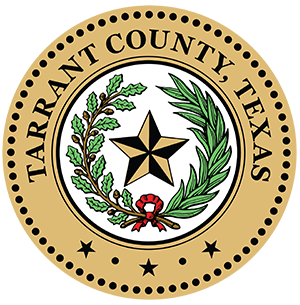Tax Increment Financing Districts (TIFs)
Tax Increment Financing Districts (TIFs)
- Authorized under Chapter 311 of the Texas Tax Code, TIF legislation allows political subdivisions to create TIF Zones in order to use the increased tax value of land from a proposed development toward financing of the public improvements in the reinvestment zone.
- TIF Districts assist in financing development of unimproved or blighted land by dedicating the real estate property taxes to be generated by the built project to a TIF Fund for payment of the principal and interest on TIF Bonds.
- Under a TIF, the property owner pays taxes on the full value of the property, and the taxing entities pay into the TIF Fund the taxes attributed to the added value of the land due to the new development.
- TIF Bonds may be issued for a maximum of 20 years and may be used to pay for public improvements associated with a development (ie. parking, infrastructure, land acquisition, utilities, etc).
- A TIF Reinvestment Zone must meet set criteria for designation, including substandard or blighted conditions, open area due to obsolete platting or deterioration, or by petition of 50 percent of property owners in the district.
- The municipality establishes the TIF Reinvestment Zone and other taxing entities approve agreements to participate in the TIF District and set forth the percentage of tax increment they are willing to dedicate to the TIF Fund, up to a maximum of 100 percent.
- A TIF Board, consisting of nine to 15 members, is established with representatives from the participating taxing entities and other representatives as set forth in the TIF statute.
- Tarrant County TIF District projects include the Downtown Euless TIF District, the Grapevine Mills TIF District, the Southlake TIF District and the Downtown Fort Worth TIF District. Other TIF Districts under consideration include the Fort Worth South TIF District.
Tarrant County Tax Increment Financing District Participation
Tax Increment Financing takes the incremental tax dollars generated from new development and increased real property values within a designated area and uses these funds to pay for specific public improvements within a Tax Increment Reinvestment Zone (TIRZ). The values of the properties within this Zone or District are used to determine the annual increment. Generally municipality established, other taxing entities may also participate in TIF funding by contributing a portion of their incremental tax revenues. TIF Districts assist in financing the development and/or redevelopment of unimproved or blighted areas. TIF funds are used to pay for public improvements, such as roads, parking, drainage, water/sewer, sidewalks, utility location, and even public buildings and facilities. The actual projects to be funded and the anticipated tax increment expected to be generated from new development in the zone are laid out in a Project and Financing Plan.
TIF City & Zone Name Fort Worth #7 North Tarrant Parkway Fort Worth #12 E. Berry St. Renaissance Mansfield #2 Historic Mansfield |
Commissioners Precinct 2 2 2 1 1 3 1 1 1 & 4 1 3 1 1 & 4 3 1 1 1 4 3 2 2 2 3 3 3 4 3 |
Year Established 1998 2005 2007 2007 2002 2011 2013 1995 1997 2002 2003 2003 2003 2004 2006 2007 2012 2014 1998 2012 2006 2012 1998 1999 2009 2013 2013 |
Inactive |
Inactive 1 3 1 3 2 2 3 |
Inactive 2001 1998 2004 1996 1999 1999 1997 |

 TARRANT COUNTY, TX
TARRANT COUNTY, TX

 Administration
Administration